Introduction
In the ever-evolving landscape of business operations, due diligence stands as a critical pillar for organizational success and financial stability. By meticulously evaluating risks and opportunities, companies can make informed decisions, mitigate potential liabilities, and safeguard their assets. The downfall of Amaranth Advisors, which lost a significant portion of its assets due to inadequate risk controls, serves as a stark reminder of the consequences of neglecting thorough due diligence.
A comprehensive due diligence process involves more than just financial scrutiny; it encompasses understanding industry landscapes, competitive positioning, and staying abreast of regulatory changes. The recent adjustments in interest rates and regulatory proposals by bodies like the Federal Reserve Board and the Office of the Comptroller of the Currency highlight the dynamic nature of financial regulations that businesses must navigate.
Due diligence not only protects organizations from financial pitfalls but also fortifies their market reputation. Larger audit firms and specialized auditors play a crucial role in enhancing audit quality, ensuring transparent and fair financial reporting. As businesses strive for operational excellence, maintaining a robust due diligence process is indispensable for sustaining financial health and credibility in the marketplace.
Understanding the Importance of Due Diligence
Thorough assessment is a crucial procedure for organizations seeking to carefully analyze challenges and prospects associated with business activities. This thorough examination forms the cornerstone of informed decision-making, enabling companies to identify and address all potential liabilities before committing resources. The significance of thorough investigation was starkly highlighted by the downfall of Amaranth Advisors, which lost nearly 65% of its assets due to inadequate risk controls and rogue trading mistakes. This catastrophic event highlights the necessity of thorough research in safeguarding financial stability.
A comprehensive due process review involves scrutinizing revenue, profit, and margin trends to ensure accuracy and reliability. It also includes assessing valuation multiples such as earnings per share (EPS), price-to-earnings (P/E) ratio, and price-to-book (P/B) ratio. Additionally, understanding the industry landscape and competitive positioning is crucial. This holistic approach was notably absent in McKinsey's restructuring program, which led to internal debates and uncertainty over leadership, further illustrating the critical role of due diligence in maintaining organizational credibility.
The Federal Reserve Board's recent announcement about the termination of the Bank Term Funding Program (BTFP) and the ongoing adjustments in interest rates reflect the dynamic nature of financial regulations. Keeping up with such regulatory changes is essential for organizations to ensure compliance and reduce hazards. For instance, the Office of the Comptroller of the Currency's (OCC) proposal to revise the merger approval procedure highlights the evolving landscape of governance and risk management.
In essence, a robust due process not only shields organizations from financial pitfalls but also fortifies their reputation in the marketplace. This is supported by findings that larger audit firms and specialized auditors significantly enhance audit quality, aiding in transparent and fair financial reporting. Hence, thoroughness remains a fundamental practice for sustaining financial health and operational excellence.
Key Steps in Implementing Effective Due Diligence Operations
To implement effective due process operations, businesses must adopt a structured approach, which involves defining clear objectives, selecting suitable methodologies, and ensuring comprehensive stakeholder involvement. A robust framework should encompass continuous monitoring and adjustments based on the evolving business landscape.
A well-organized review process begins with a thorough assessment of financial health. This means scrutinizing financial statements, assets, debts, cash flows, and future projections. For example, a global alternative asset manager faced challenges with consolidating diverse data from various originators and servicers for their monthly assessment reporting. 'The transition to an investor-centric solution significantly reduced their turnaround time for assessment from days to minutes, showcasing the importance of efficient data handling in due diligence.'.
Furthermore, assessing legal and regulatory challenges is essential, particularly in heavily regulated sectors. Guaranteeing adherence to tax regulations, legal obligations, and compliance standards can reveal possible challenges that might influence the business's worth and future outcomes. For instance, the Office of the Comptroller of the Currency's recent proposal on business combinations highlights the importance of understanding regulatory frameworks during mergers and acquisitions.
Furthermore, a successful compliance framework involves continuous threat evaluation and market examination. This involves analyzing market conditions, competitive landscapes, and industry trends to understand the business's position and potential challenges. Continuous monitoring and adjustment are vital as they allow businesses to respond proactively to changes in the market and regulatory environment. The upcoming SEC final rule on climate, expected in April 2024, underscores the necessity for businesses to stay abreast of regulatory developments and adjust their strategies accordingly.
By incorporating these components into their evaluation methods, companies can guarantee thorough management of uncertainties and knowledgeable choices, ultimately resulting in enhanced oversight of their portfolios and more favorable investment results.
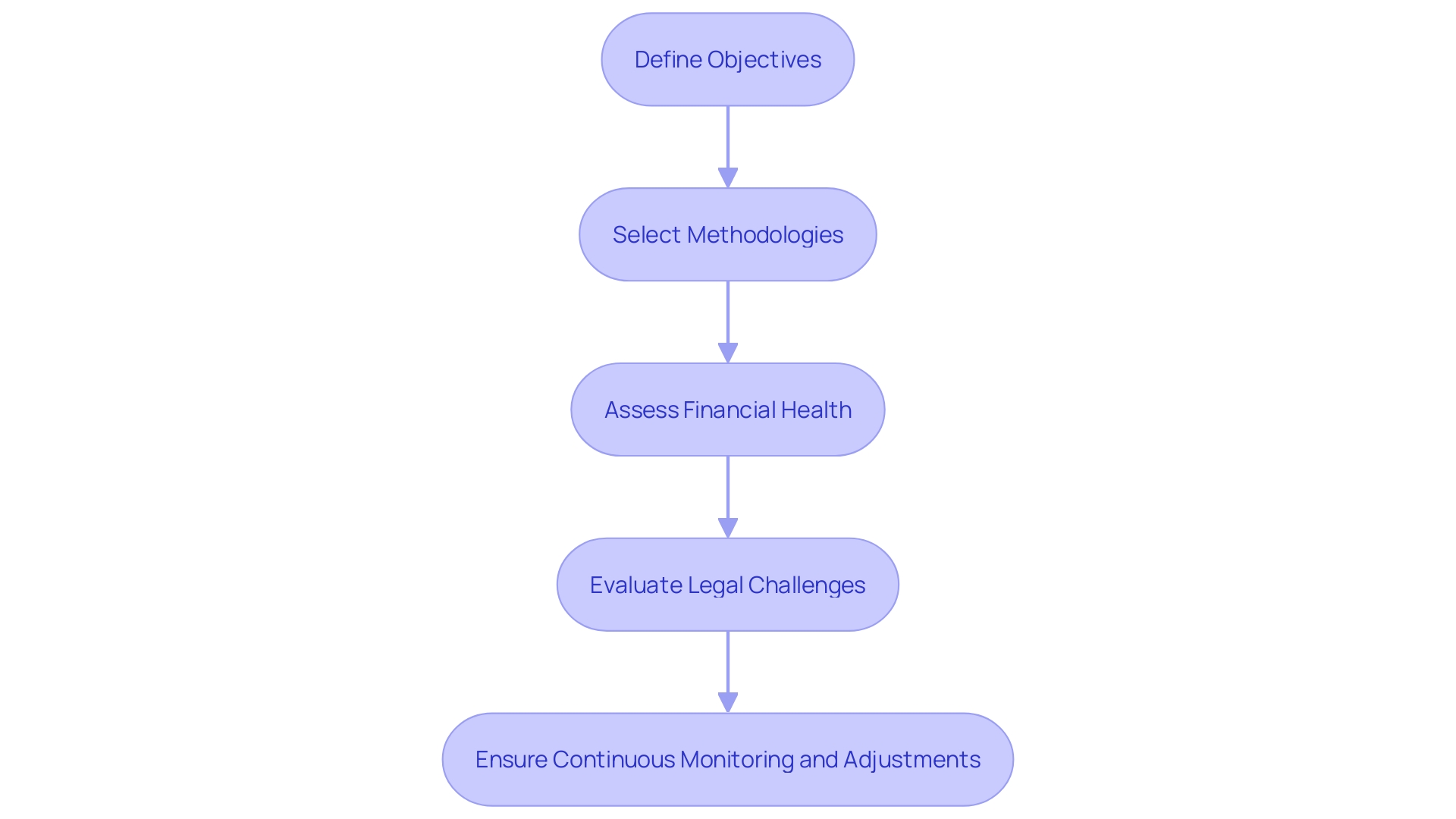
Step 1: Integrating Responsible Processes into Policy and Management
Incorporating responsible practices into current policies is vital for fostering a culture of careful consideration. This necessitates coordinating due diligence practices with the organization’s overall strategy, ensuring compliance and hazard management are prioritized at every level. Leadership must champion these efforts to ensure buy-in and adherence across departments.
A comprehensive method to enterprise threat management is essential. Assessing the management group, organizational framework, and operational procedures offers a thorough insight into possible challenges. For instance, the Hong Kong Monetary Authority assesses its external managers’ voting decisions on corporate governance issues, ensuring alignment with responsible practices.
The rise of regulatory scrutiny in 2023 underscores the importance of robust corporate governance. The Securities and Exchange Commission (SEC) has proposed new rules requiring companies to disclose more information about climate-related risks, emissions, workforce diversity, and pay equity. This proactive approach emphasizes the necessity for companies to incorporate environmental, social, and governance (ESG) factors into their assessment methods.
Furthermore, utilizing advanced AI tools and techniques can streamline and improve the review process. By automatically extracting key information from documents and classifying them based on relevance or danger factors, these technologies save significant time and effort, allowing for a more efficient and thorough assessment.
In the end, responsible careful practices not only reduce danger but also establish a basis of trust and accountability. By fostering an environment of openness and ongoing enhancement, organizations can navigate the intricate terrain of compliance and management of uncertainties more effectively.
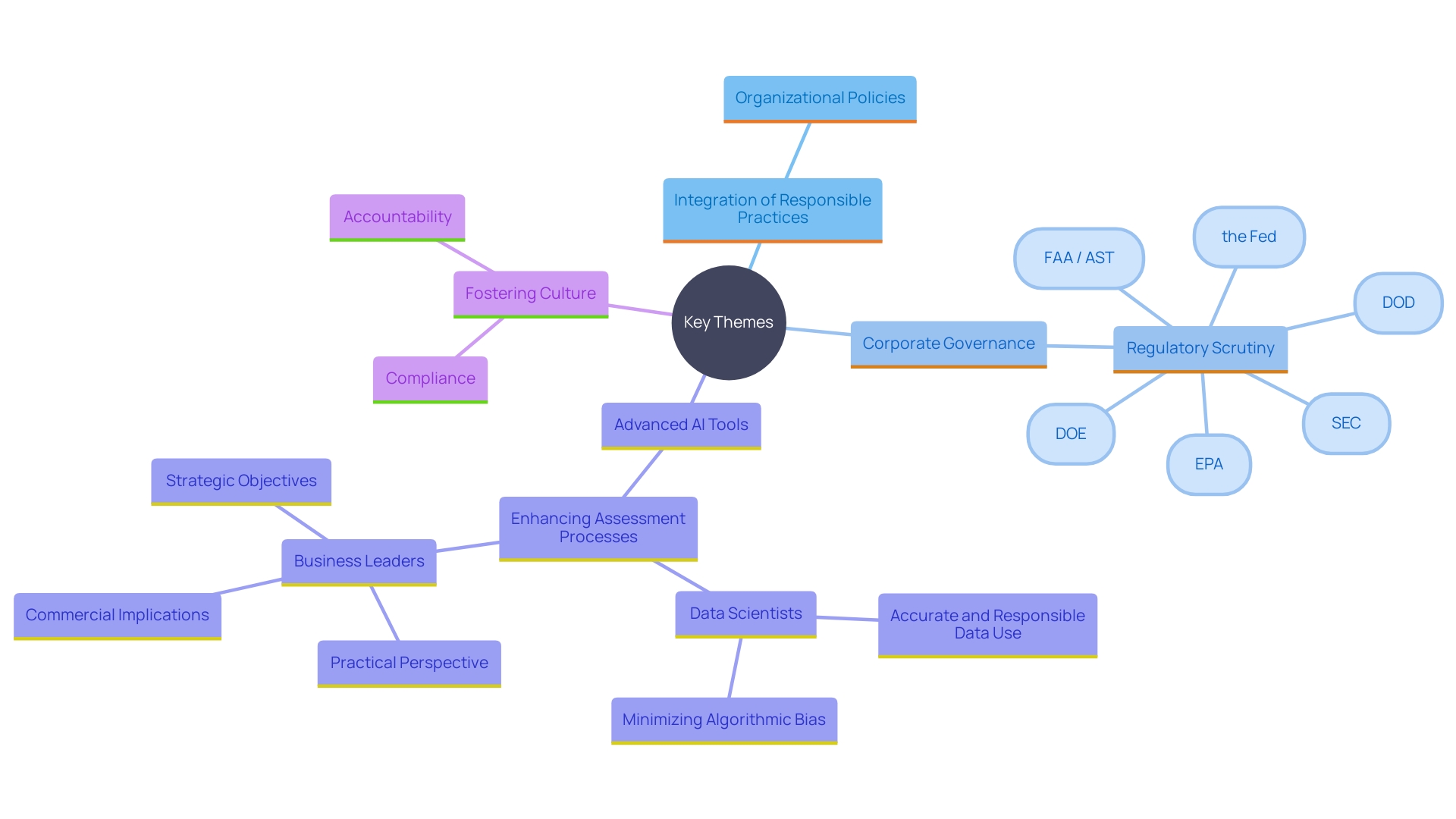
Step 2: Identifying Current Areas of Potential Risk
Recognizing possible threats is crucial in due diligence, as they can vary from financial liabilities to operational inefficiencies. A systematic approach, involving stakeholder interviews, financial audits, and market analysis, is crucial for pinpointing vulnerabilities. For instance, financial uncertainties such as improper auditing, human error, or phishing attacks can significantly affect a company's health and must be thoroughly analyzed using various metrics and ratios. Compliance challenges, common in the financial sector, require robust management tools and comprehensive strategies to mitigate their impact. Frequent updates to evaluations of potential dangers are essential to remain proactive against new threats. According to industry experts, organizations should integrate swiftly evolving threat environments into their strategies to manage exposure and vulnerabilities effectively. As highlighted in the Global Risk Management Survey, nearly 3,000 respondents from 61 countries emphasized the increasing complexity and interconnectedness of challenges, underscoring the need for proactive management to protect and enhance business value.
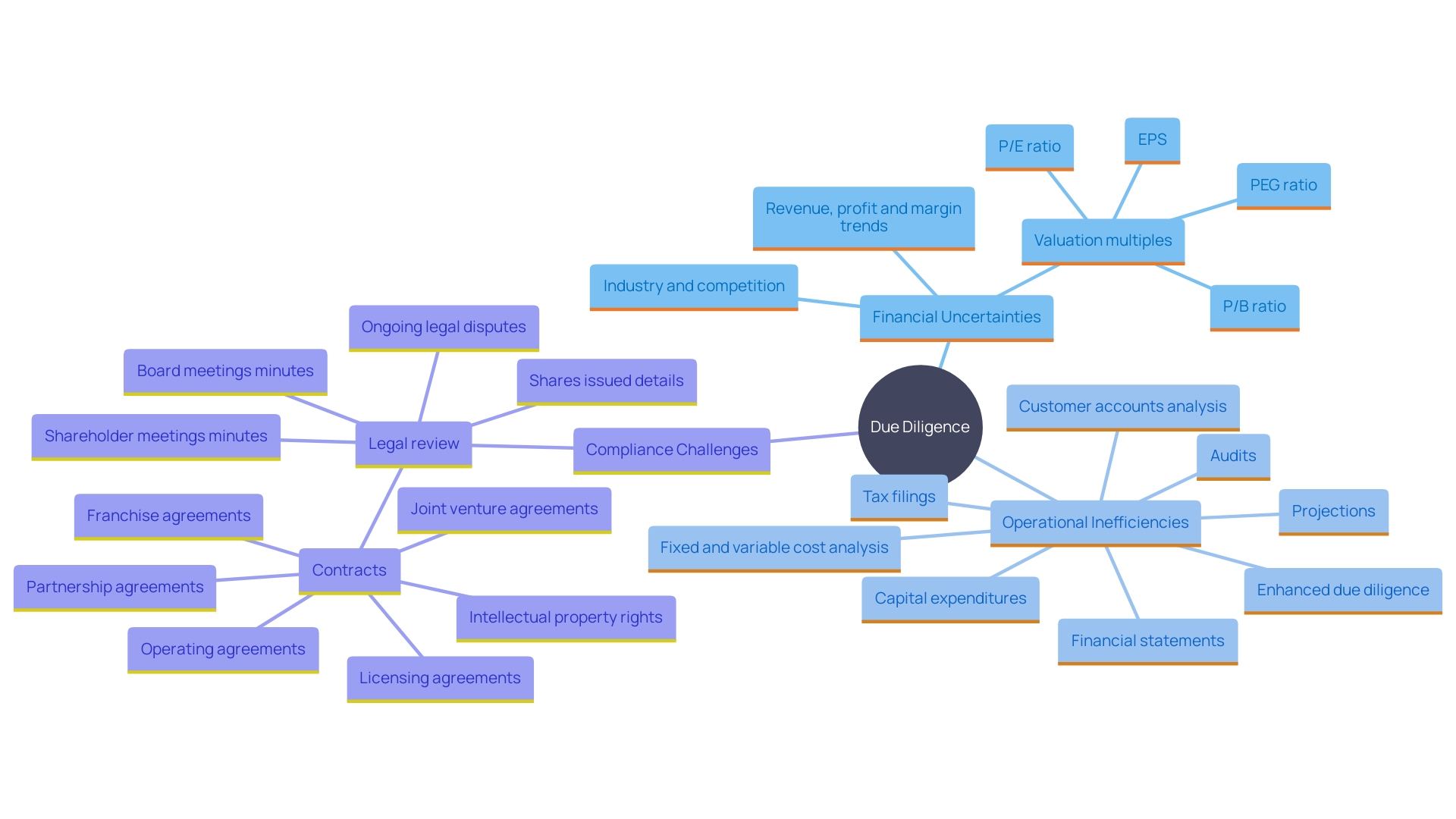
Leveraging Technology and Multi-disciplinary Teams for Efficiency
Integrating cutting-edge technology can dramatically improve the efficiency of due diligence processes. Leveraging data analytics, automation tools, and project management software allows organizations to streamline information collection and analysis. Marty Fisher’s early adoption of technology in the 1990s is a testament to the competitive edge it can provide. As he noted, even in its infancy, the internet was recognized for its potential, and this foresight helped him build his first website, positioning his business ahead of the curve.
Statistics reinforce the value of technology in business operations. Statista reports that approximately 60% of 116 surveyed businesses were driving innovation with data in 2023, and the global big data as a service market is expected to reach $474.9 billion by 2033. These figures highlight the growing reliance on data-driven strategies for success.
The importance of technology is echoed by experts like Dr. Serdar Ince, Vice President of Technology Innovation at Securitas Technology. He emphasizes the necessity of identifying new technologies and trends to drive innovation and growth. Modernizing management information systems is no longer merely a technical upgrade but a strategic necessity, requiring a holistic approach to problem-solving.
Furthermore, forming multi-disciplinary teams ensures that diverse perspectives are considered, leading to more thorough risk evaluations. Such collaborative efforts are crucial in navigating the complexities of today’s business environment, as demonstrated by successful implementations like Rimes' compliance rule framework-based optimization method. This approach not only improves decision-making but also adheres to compliance standards, providing a disciplined and controlled investment management system.
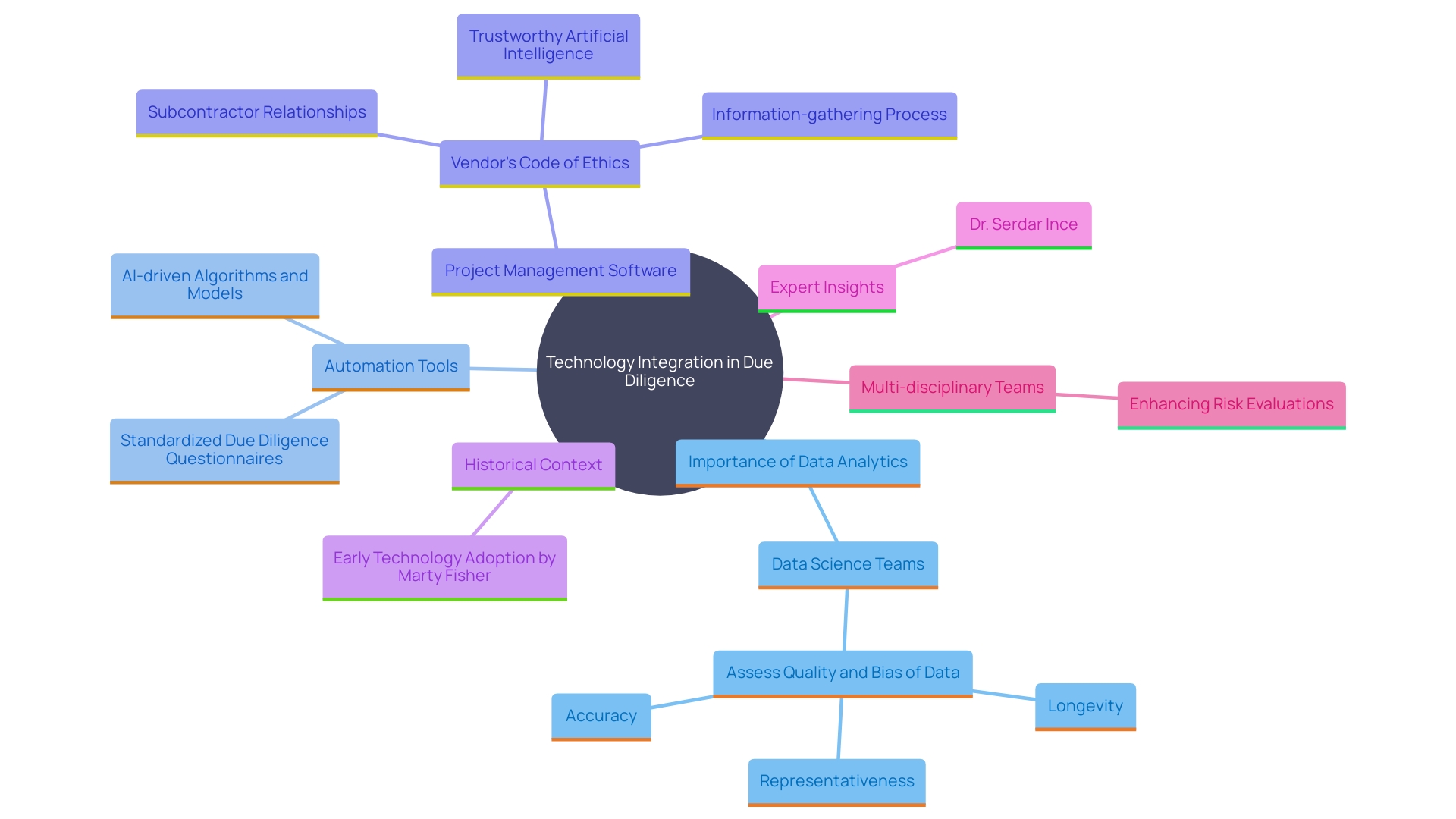
Best Practices for Effective Due Diligence
Embracing optimal techniques in thorough evaluation can greatly improve results and encourage a forward-thinking approach to managing uncertainties. This involves establishing clear timelines, maintaining transparent communication with stakeholders, and providing continuous training for team members. A thorough assessment should encompass different elements, such as financial health evaluations, legal and regulatory challenges, adherence to tax laws, and appraisal of IT infrastructure and environmental regulations. Consistently examining and refreshing these procedures based on previous experiences can foster continuous enhancements and guarantee that new risks are efficiently handled. For instance, the Office of the Comptroller of the Currency's recent proposal to revise the merger approval process underscores the importance of thorough due diligence in navigating regulatory landscapes. Additionally, ensuring transparency and upfront disclosure of all material information, as advised by experts, can build trust and support during challenging situations.
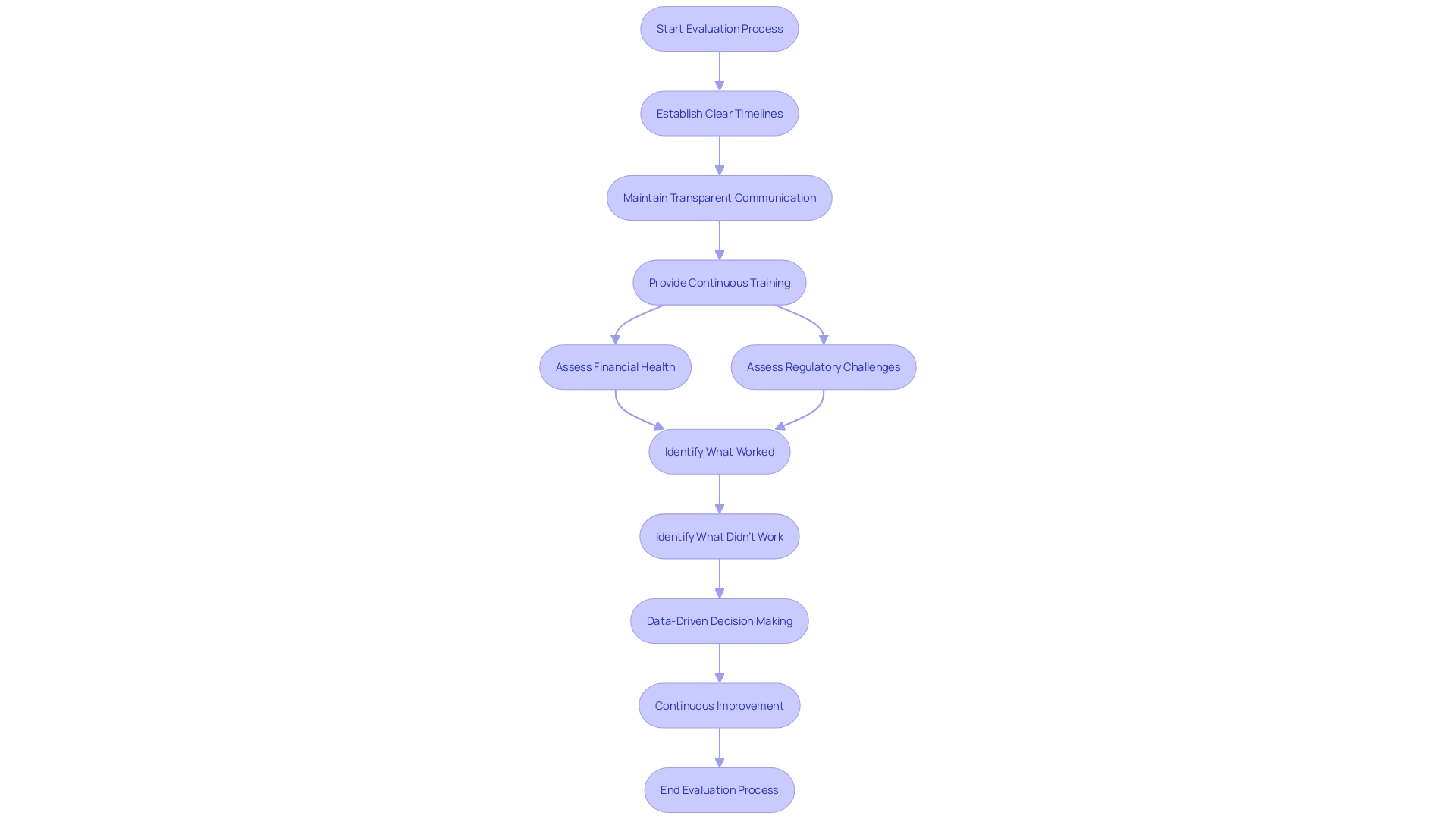
Conclusion
Due diligence is a critical component for organizations seeking to navigate the complexities of today’s business environment. Its importance cannot be overstated, as evidenced by the significant losses suffered by entities like Amaranth Advisors due to inadequate risk controls. A comprehensive approach to due diligence not only identifies and mitigates potential financial pitfalls but also strengthens a company’s reputation and operational credibility.
Implementing effective due diligence operations requires a structured framework that includes continuous monitoring, stakeholder involvement, and the integration of advanced technologies. By focusing on financial health, legal compliance, and market dynamics, organizations can proactively adapt to regulatory changes and emerging risks. This proactive stance is essential for maintaining a competitive edge and ensuring long-term success.
Integrating responsible processes into policy and management fosters a culture of accountability and transparency. Leadership must champion these efforts to ensure alignment across departments, while leveraging technology and multi-disciplinary teams enhances the efficiency and thoroughness of due diligence practices. These strategies not only safeguard assets but also promote trust among stakeholders, ultimately driving organizational success.
In summary, a robust due diligence process is indispensable for any organization aiming for sustainable growth and stability. By prioritizing due diligence, businesses can effectively manage risks, seize opportunities, and position themselves favorably in an ever-evolving marketplace.




